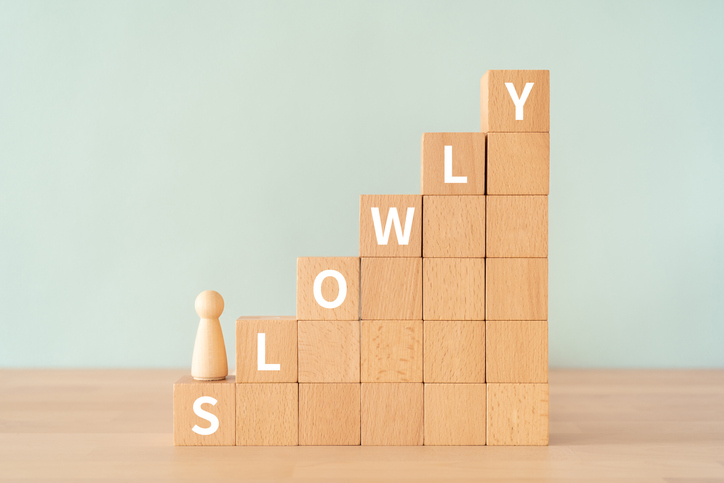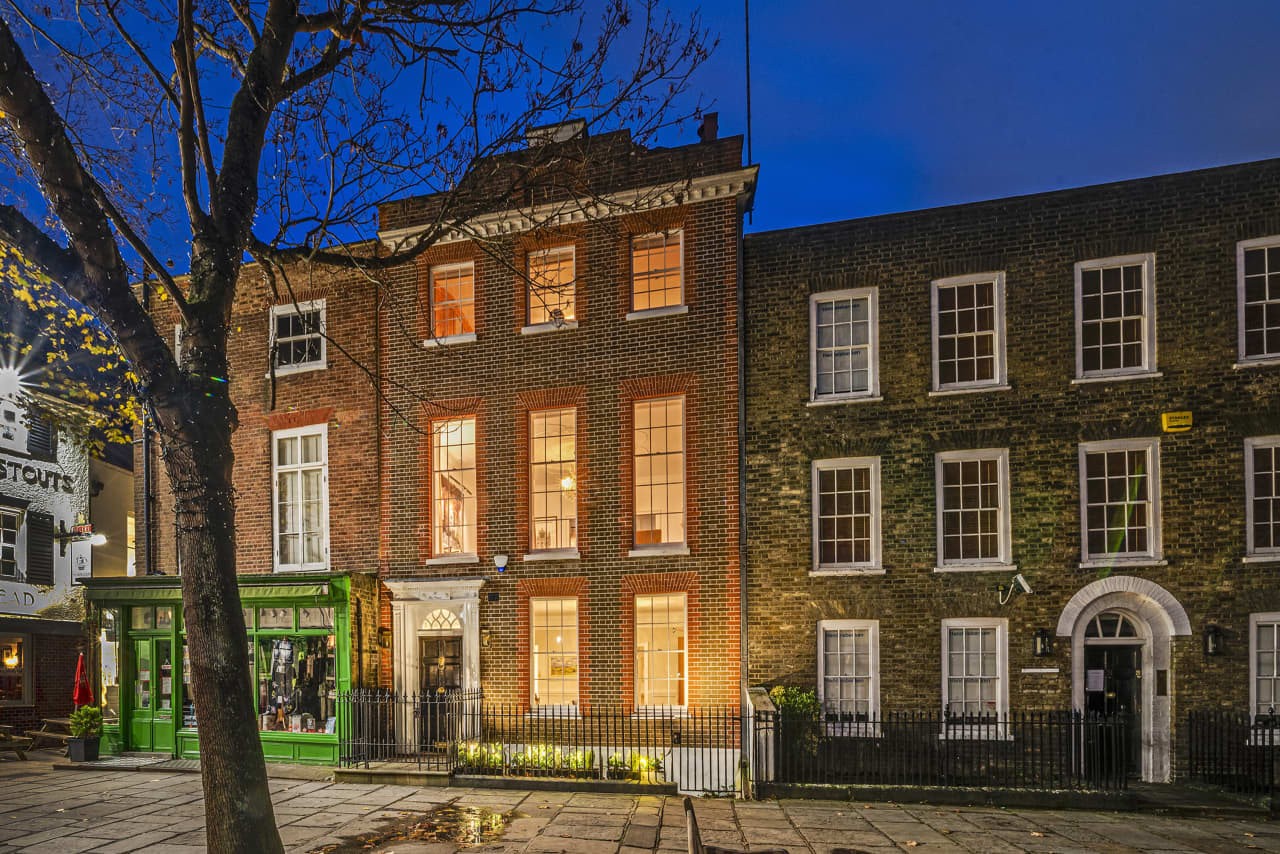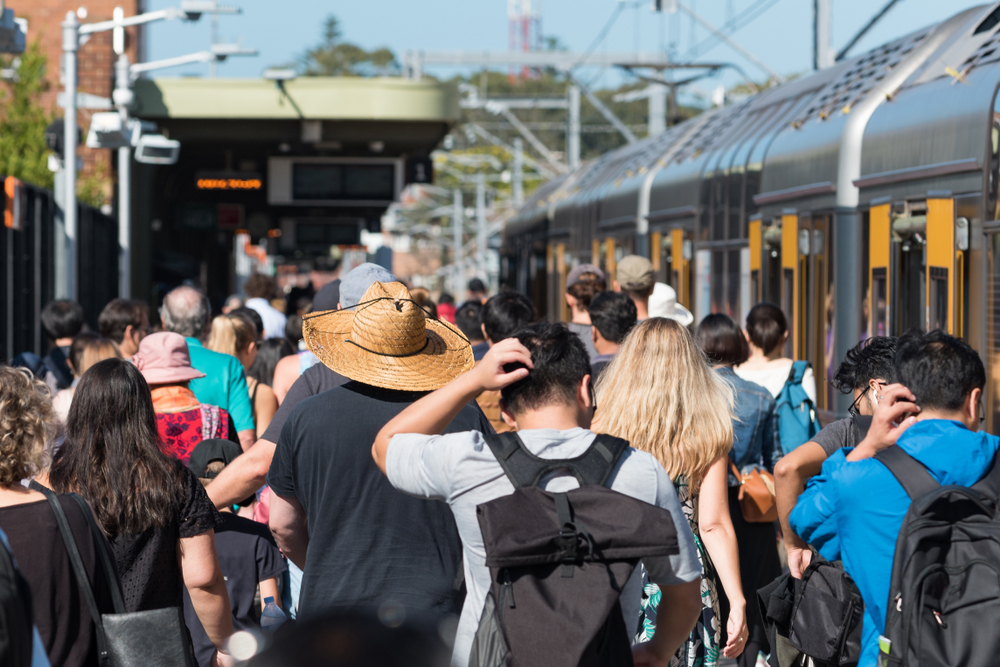Fed Sets Course for Milder Interest-Rate Rise in February
Officials could begin weighing whether and when to pause rate increases this spring
U.S. Federal Reserve officials are preparing to slow interest-rate increases for the second straight meeting and debate how much higher to raise them after gaining more confidence inflation will ease further this year.
They could begin deliberating at the Jan. 31-Feb. 1 gathering how much more softening in labour demand, spending and inflation they would need to see before pausing rate rises this spring.
In recent public statements and interviews, Fed officials have said slowing the pace of rate increases to a more traditional quarter percentage point would give them more time to assess the impact of their increases so far as they determine where to stop.
Officials called attention to how it takes time for the full effect of higher rates to cool economic activity when they stepped down to a half-point rate rise in December, following four consecutive increases of 0.75 point.
“And that logic is very applicable today,” said Fed Vice Chair Lael Brainard in remarks last week. Raising rates in smaller increments “gives us the ability to absorb more data…and probably better land at a sufficiently restrictive level.”
To combat high inflation last year, the Fed reeled off the most rapid series of rate rises since the early 1980s, raising its benchmark federal-funds rate by 4.25 percentage points. A quarter-point increase next month would bring the rate to a range between 4.5% and 4.75%.
Most Fed officials projected in December the rate would rise to a peak between 5% and 5.25%. That would imply two more quarter-point increases after the likely bump next month. Investors in interest-rate futures markets expect the Fed to make two more quarter-point increases—at the coming meeting and again at the Fed’s subsequent meeting in mid-March, according to CME Group.
The Fed raised rates seven times last year. The likely decision to approve a smaller increase in February reflects officials’ growing confidence that the economy is responding to their efforts to curb demand and bring down inflation.
In recent weeks, government data and business surveys have pointed to a steeper drop-off in manufacturing activity and new orders for service-sector firms as well as a pullback in consumer spending on goods.
The central bank’s rate increases are aimed at slowing inflation by reducing demand, “and there is ample evidence that this is exactly what is going on in the business sector,” Fed governor Christopher Waller, an early and vocal advocate for aggressive rate rises last year, said on Friday. Mr. Waller said he would favour a quarter-point rate rise at the coming meeting.
The Commerce Department is set to release this week the December figures for the Fed’s preferred inflation gauge, the personal-consumption expenditures price index. Excluding food and energy prices, the so-called core PCE index likely rose 4.5% from a year earlier and at a 3.1% three-month annualised rate in December, Ms. Brainard said.
Officials could use their post meeting statement on Feb. 1 to indicate they expect to continue raising rates as they probe where to pause. But they are unlikely to provide precise guidance because coming decisions will depend heavily on new data about the economy.
Some have also suggested that even if they hold rates steady this summer, they will indicate they remain more likely to lift rates than to cut them. After the Fed pauses, “we’ll need to remain flexible and raise rates further if changes in the economic outlook or financial conditions call for it,” said Dallas Fed President Lorie Logan in a recent speech.
At the coming meeting, officials could deliberate two important questions: How long does it take for the full effects of the Fed’s rate rises to influence hiring and overall economic demand? And how much could inflation slow due to other factors such as easing supply-chain bottlenecks or lower costs of fuel and other commodities?
Some could call for delaying any pause if the economy doesn’t weaken much in the months ahead. They think the time between when the Fed raises rates and when they slow the economy is relatively short and the economy will soon feel the worst of any policy-induced slowdown.
Others could argue for a somewhat earlier pause, believing the effects take longer to play out or could be more potent.
Divisions have surfaced. St. Louis Fed President James Bullard said recently he would prefer a larger half-point rate increase at the coming meeting because he doesn’t think rates are high enough to thoroughly beat inflation. “You’d probably have to get over 5% to say with a straight face that we’ve got the right level,” he said in an interview. “Why not go to where we’re supposed to go?…Why stall and not quite get to that level?”
Several of his colleagues have argued for greater flexibility to see if the easing of pandemic- and war-related disruptions brings inflation down more rapidly. As evidence builds that higher rates are working as intended, “why would we try to…really put the clamps down on the economy and really risk losing the good things we have going, like the labor market?” Philadelphia Fed President Patrick Harker said last week. “I just don’t see doing that.”
Fed officials have long expected inflation to fall as supply-chain bottlenecks and commodity-market disruptions eased, but inflation instead rose through the first half of 2022 before moving sideways, according to the Commerce Department’s gauge.
Inflation has declined over the past three months due largely to falling fuel prices and prices of goods, such as used cars. There are signs soaring rents and other housing costs are set to cool notably amid a sharp slowdown in demand, though that isn’t expected to show up in official inflation measures until later this year.
As a result, Fed Chair Jerome Powell and several colleagues have shifted their focus recently toward a narrower subset of labor-intensive services by excluding prices for food, energy, shelter and goods. Inflation in that category has been around 4.4% on both a 12- and three-month basis, up from around 2.3% on average between 2010 and 2019.
Officials believe that category could reveal whether higher wage costs are passing through to consumer prices.
If services inflation is high because paychecks are rising in lockstep with prices, as occurred during the 1970s, then Fed officials would want to see hiring slow more.
But if price increases for services such as restaurant meals, car insurance and airfares instead reflect the ripple, or “pass-through,” effects of some of the global dislocations that are now reversing, services inflation might moderate faster and without as significant a weakening of labor markets.
The recent inflation slowdown, together with the lagging impact of the Fed’s rate rises that could continue to slow the economy, “may provide some reassurance that we are not currently experiencing a 1970s-style wage-price spiral,” said Ms. Brainard.
Fed officials last month revised higher their projections for inflation this year in part due to fears that wage growth was running too high. Signs since then that wage growth is slowing could weigh prominently in the debate over how soon to pause.
Officials will have two more months of several widely watched economic indicators, including on hiring and inflation, before their March 21-22 meeting. They pay close attention to a detailed measure of worker compensation called the employment-cost index, which is set for release on Jan. 31.
The report could offer further confirmation that wage growth slowed at the end of last year.
 Copyright 2020, Dow Jones & Company, Inc. All Rights Reserved Worldwide. LEARN MORE
Copyright 2020, Dow Jones & Company, Inc. All Rights Reserved Worldwide. LEARN MORE
This stylish family home combines a classic palette and finishes with a flexible floorplan
Just 55 minutes from Sydney, make this your creative getaway located in the majestic Hawkesbury region.
Curb appeal—the attractiveness of one’s property—is everything when deciding to sell, rent, or simply add value to your home. That’s why Australians spend approximately $1 billion per year on property renovations.
“I am seeing smart investors and homebuyers now actively looking to upgrade, capitalising on opportunities in the market,” said Nunzio Bagnato, consultant at Homebuyers Centre Victoria. “It’s no longer just about looking for a specific price point; buyers are willing to pay extra for quality.”
From strategic renovations to expert upgrades, there are many ways in which you can add value to your property, no matter your budget. Whether you’re a seasoned investor looking to maximise returns, or a savvy homeowner wanting to spruce up your living space, look to these 10 ideas for maximising your home’s aesthetic and appeal…and in the process, add value to your property.
—
1). A fresh paint job goes a long way
A fresh coat of paint applied to tired walls, whether on the exterior or interior, can do wonders for your home says interior designer and stylist, Jono Fleming.
“Give your space a makeover with paint to create a fresh and elevated look. This is an accessible tool to introduce colour into your home, which serves to transform the mood and feeling of a space,” he says.
“Colour is an incredibly powerful design tool, however itʼs incredibly important that the end result feels grounded and draws people into the space. I recently refreshed a bedroom in my family’s farmhouse using Fantan and Canyon Cloud from the 2024 Dulux Colour Forecast Muse palette, which has converted the space into a vibrant retreat filled with warmth and new life.”
Besides the obvious — paint acts as a protective barrier against the elements such as rain, UV rays, and moisture — a fresh paint job can immediately add value to your home. If you have some minor imperfections, such as cracks or dents, spend some time on prep before you paint for a better finish and a more durable result. For exteriors, lighter colours are a surefire winner.
“There’s a lot of interest generated from colours; a neutral palette appeals to a broader range of buyers,” says Mr Bagnato.
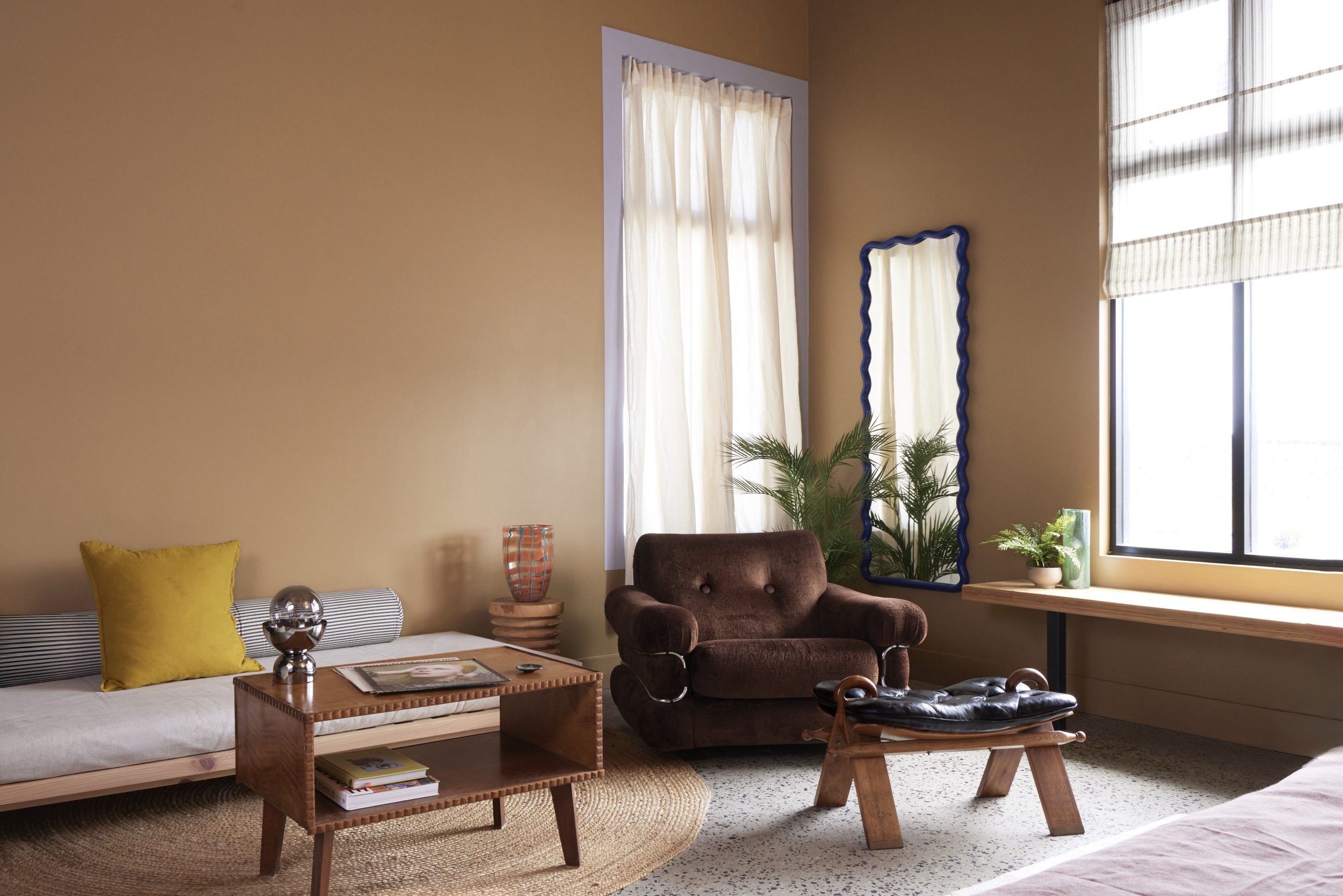
2). Landscape the garden
A well-kept, manicured garden can add thousands of dollars to the value of your home. If we learned nothing from the pandemic, it’s the value of a private, well-designed outdoor area. Spending time on landscaping your front garden will not only enhance street appeal, but can also increase the functionality providing areas for relaxation, entertaining, and recreational purposes across the site.
A well-designed garden including green space, paved areas, room for entertaining and water features, can also increase your property value by up to 20 percent, according to a study conducted by the University of Western Australia. For smaller areas such as apartments or townhomes, consider seeking help from a gardening specialist who can advise on the best pots, plants and flowers depending on the orientation and soil type of your garden.

3). Your home’s facade says a lot
The very first thing that people will see when looking to purchase their next property is the facade. Even when people are searching online, it’s often the very first image shown on a listing, and one that can make or break a property in a matter of seconds. A visually appealing frontage can set your home apart from neighbours, and can really set the tone for what visitors, future buyers, or investors can expect when they walk through the door.
Patrick Cooney, director of sales at Melbourne-based Milieu Property, agrees that the facade of a home leaves people wanting more.
“The vast majority of people only ever get to see and experience the exterior of a building,” he says. “This is an advertisement for those who walk and drive past. Having amazing architecture and landscaping leaves people wanting to know more.”
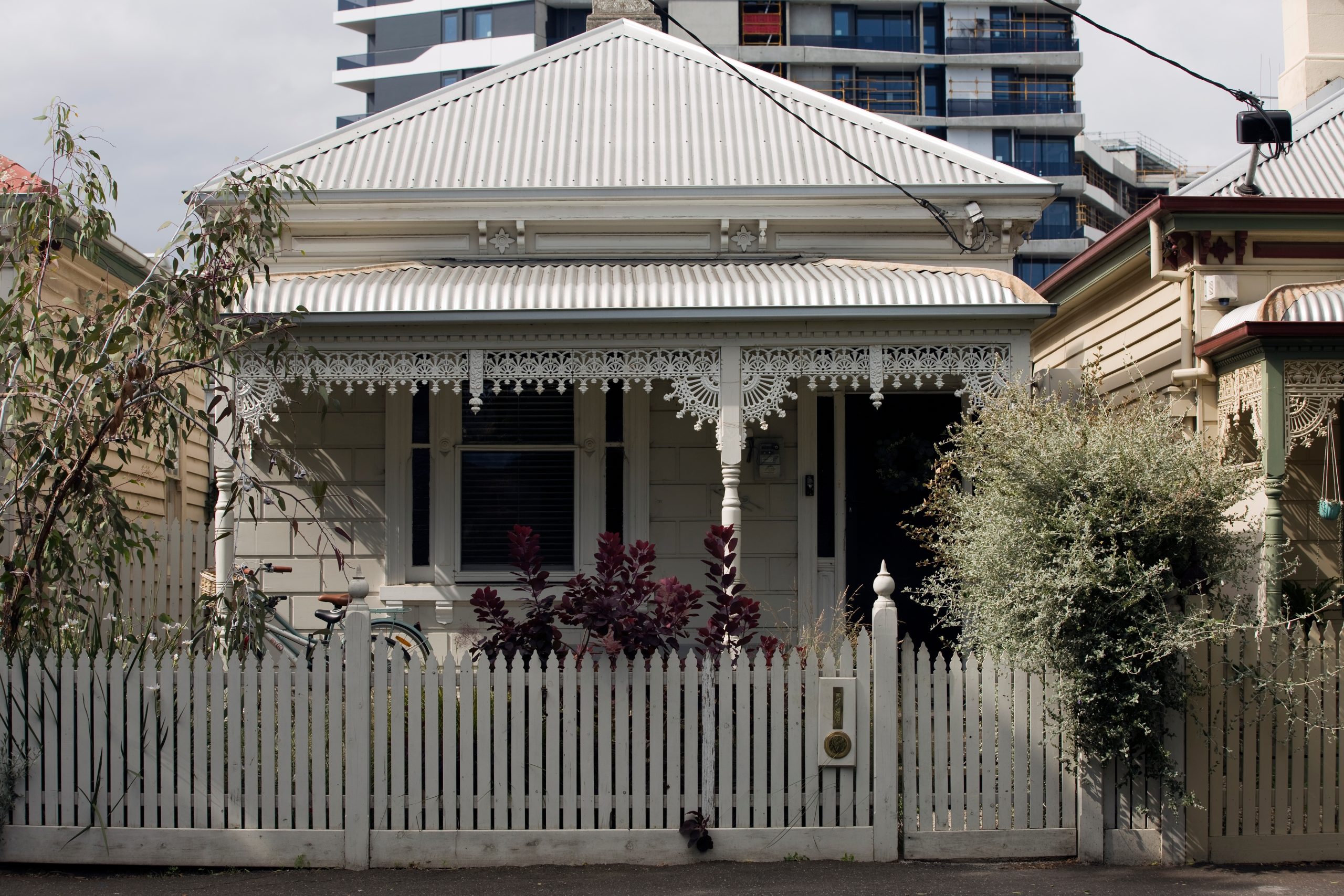
4). Who doesn’t love new flooring?
It’s always immediately apparent when a vendor has spent the time and money upgrading their home’s flooring. Besides changing the look and feel of your interiors, investing in high-quality flooring materials, such as sustainable wooden floorboards for common areas such as your living and dining space, and carpet for bedrooms, can immediately increase the perceived value of your home.
One factor to keep in mind is that upgrading your flooring is not only a costly exercise but a disruptive one at that, so careful planning is encouraged.
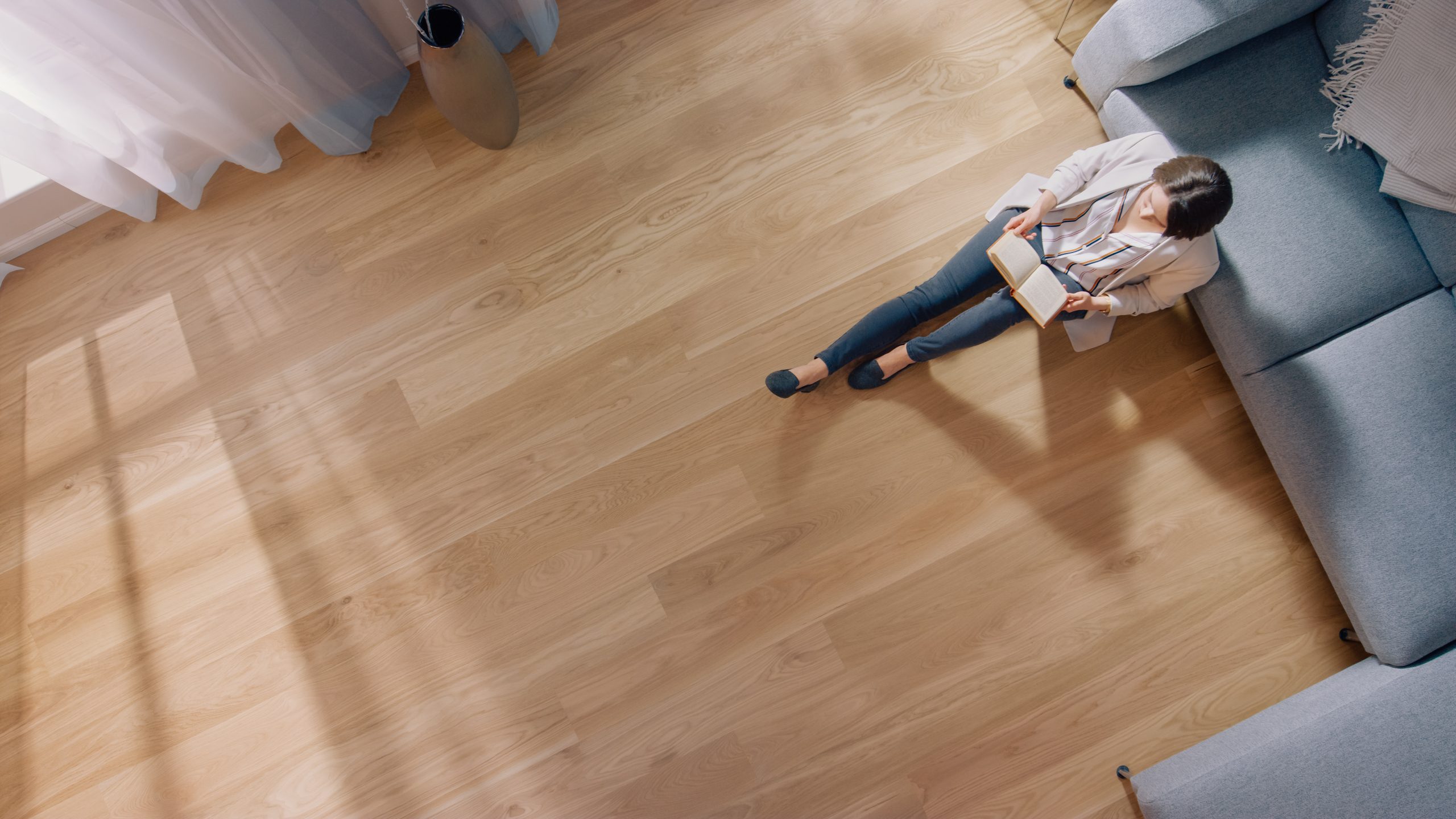
5). Add that new kitchen
Should homeowners ever consider the need to renovate their homes, the kitchen is often top of the list. However small or large, adding a new kitchen to your home can do a lot for adding value to your home. Why? Recent studies conducted by OnePoll suggest that individuals spend over 1000 hours a year in their kitchen. Whether it’s preparing meals, eating meals, or working from the kitchen bench top, having a kitchen that is accessible, practical but also aesthetically pleasing is every home owner’s dream. Costs vary widely but be aware that there’s not a lot of economy of scale involved. Designing and installing a small kitchen often doesn’t cost significantly less than a larger one.
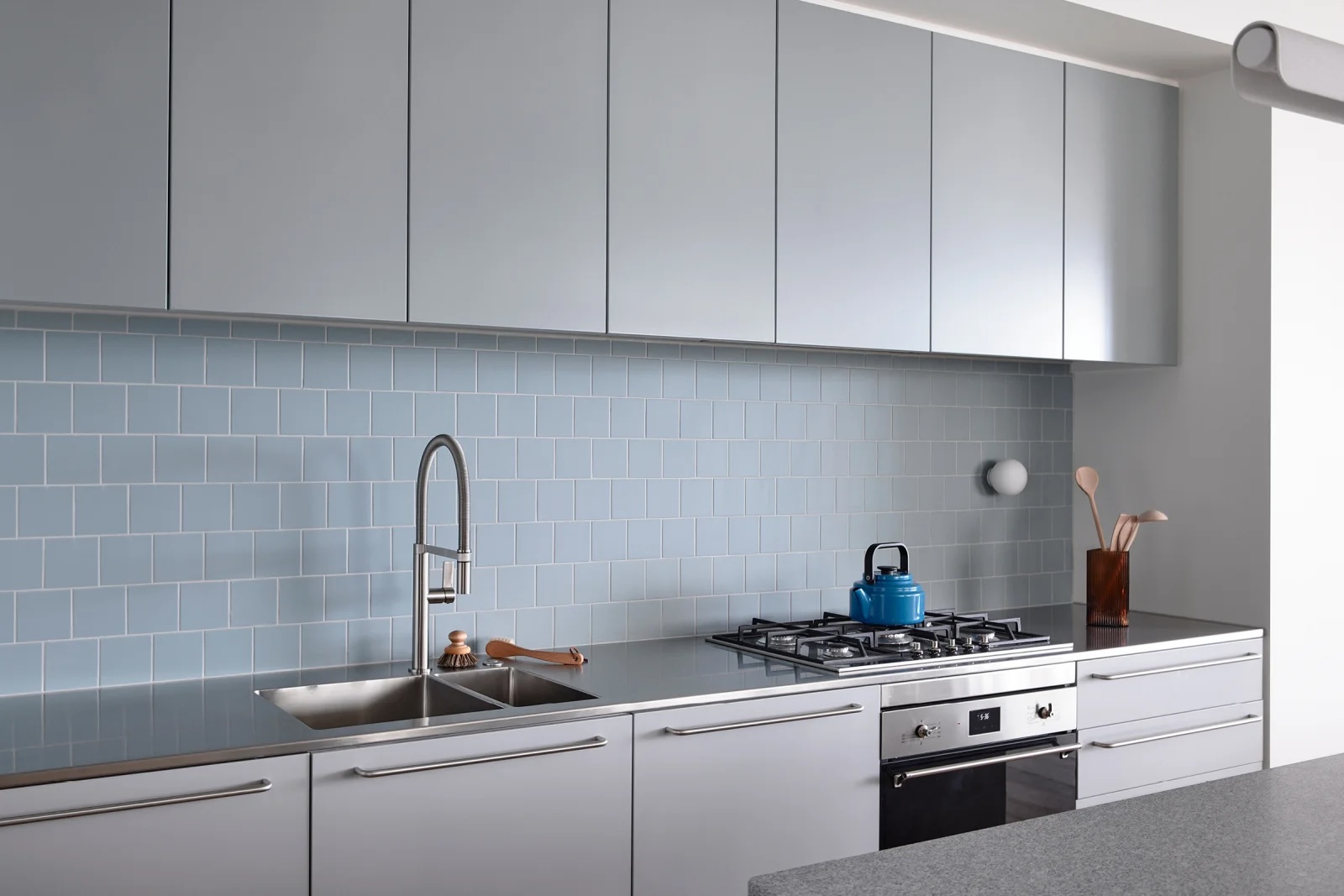
6). Consider art and furnishings
Another great way to elevate the look and feel of your home—and add value in the process—is through the addition of decorative pieces and furnishings.
“Art, display books and uniquely shaped vessels add interest and are an easy way to introduce colour, achieving a cohesive palette,” Mr Fleming says.
Avoid generic prints and go for something bolder, like vintage advertising posters to add personality to the room. Original art, sourced either directly from the artist, through galleries or at auction is a great way to add a luxe feel to a room. Beyond solid walls, Mr Fleming says window coverings can also benefit from the right dressing.
“Curtains, in particular, are often overlooked as an interior design tool, but theyʼre such an easy way to add colour to your space without it feeling too permanent and can completely change the ambiance or mood within a space.”

7). Upgrade your bathroom
After the kitchen, bathrooms are high on the priority list for buyers. If you’re planning on selling soon, you can make a considerable difference by taking small steps; replacing older sinks and toilets, upgraded hardware and new lighting can instantly transform your bathroom. If you’re planning to stay, or you’re keen to create that ‘wow’ factor for would-be buyers, opting for additions like a double vanity, walk-in shower, bathtub, or simply choosing premium materials such as marble or other natural stone, can all make a significant difference to the value of your home.
If you have more than one bathroom to renovate, consider mixing up materials and fittings while staying with the same colour palette for a cohesive look.
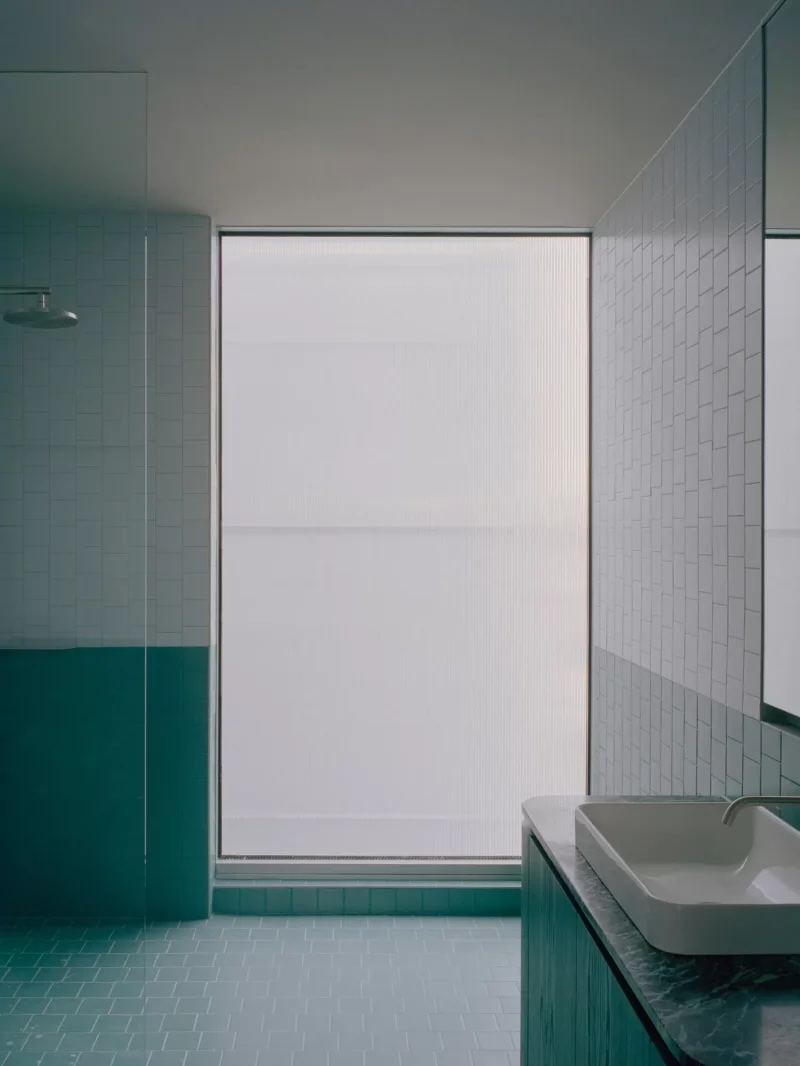
8). Be inventive, add storage
Storage—or the lack thereof—is something all homeowners have to deal with. For many first homebuyers or renters, storage is likely one of those additions worth its weight in gold. So, as a homeowner, adding thoughtful and meaningful storage solutions can go a long way in adding appeal to prospective buyers.
“Smart storage solutions can change one’s home from a nice home to a great home. The majority of people have a plethora of ‘stuff’ and finding a place for these are key,” said Mr Cooney.
“Whether its dropping off your keys and a dog lead in your welcome station by the front door, to having an appliance nook for your coffee machine and toaster, or ensuing you have the basics like adequate bathroom storage that accommodate a hair dryer, these are all incredibly important considerations.”
9). Is your home ‘smart’?
Integrating ‘smart’ technology is something we’re likely to see more homeowners do. While the outlay and time spent in setting up a smart home can deter some, considering things like integrated security systems, sensor blinds, keyless entry systems, smart lighting controlled via your phone, and indoor/outdoor entertainment systems can appeal to tech-savvy buyers (and ultimately increase your property’s value).
“Smart tech for the home can be pushed as far as people are wanting. At Milieu, we generally now include smart locks, smart parcel lockers, energy monitoring and number plate recognition access to basements to our new developments,” said Mr Cooney.
“In our last three projects, we have specified VZug appliances which can also be controlled from the touch of your phone.”
10). Sustainability is key
As we all look to add sustainable measures to our homes for a better, brighter, and greener future, energy efficiency in and around our homes will only become increasingly sought-after among home buyers. This can be done by installing solar panels or energy-efficient windows and doors, installing skylights, opting for appliances that save on power, and increasing ways that save on utility bills, like swapping gas for electric induction stovetops.
“Buyers are highly focused on sustainability and future-proofing their homes,” said Mr. Cooney. “Highly sustainable buildings, with EV provisions are key. People place a premium for sustainability and especially EV charging – the mindset has change from, ‘I may get an electric vehicle’ to ‘when I get an electric vehicle’.”
Adding an EV charging station, should you own a hybrid or electric vehicle, is a great initiative to consider for your home. Not only can an EV charging station power your vehicle, but its power can also be offset to power parts of your home.

—
This stylish family home combines a classic palette and finishes with a flexible floorplan
Consumers are going to gravitate toward applications powered by the buzzy new technology, analyst Michael Wolf predicts









